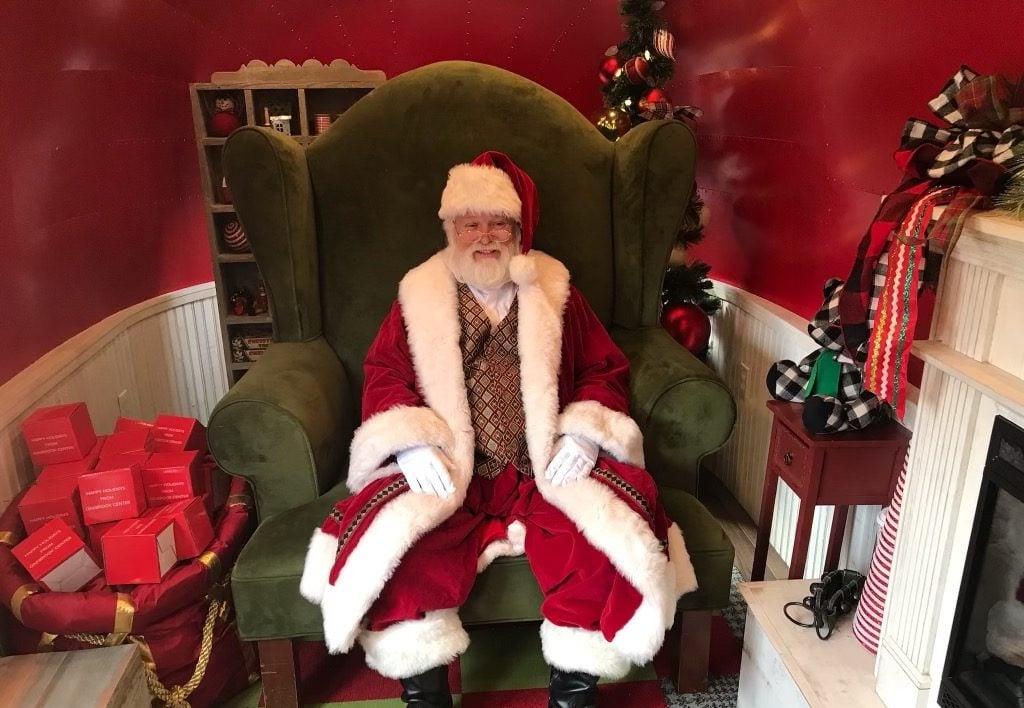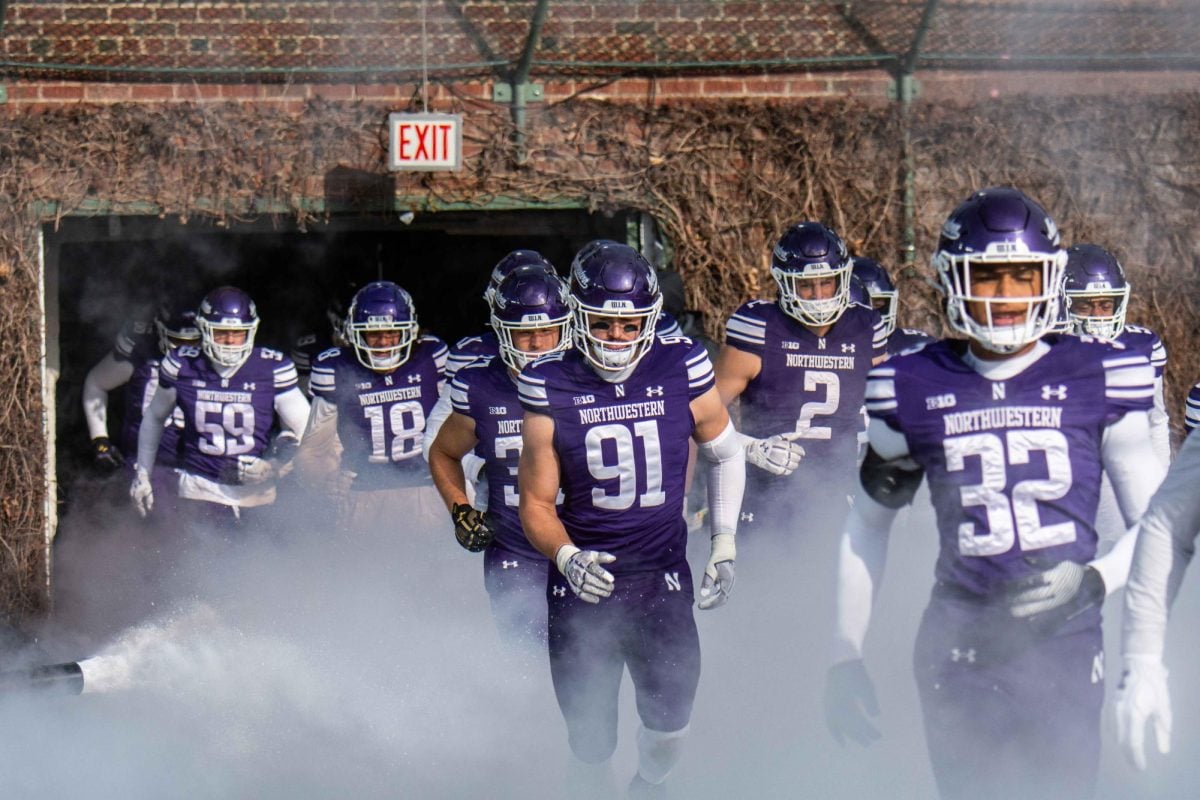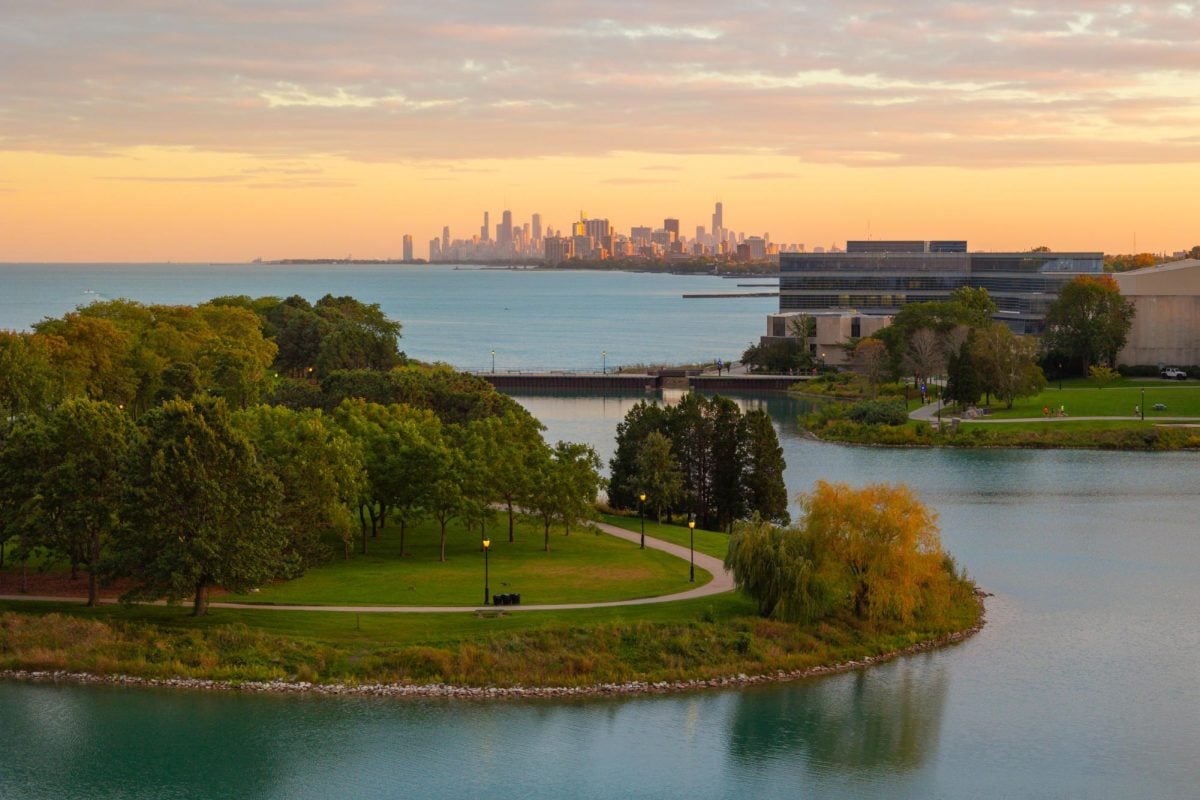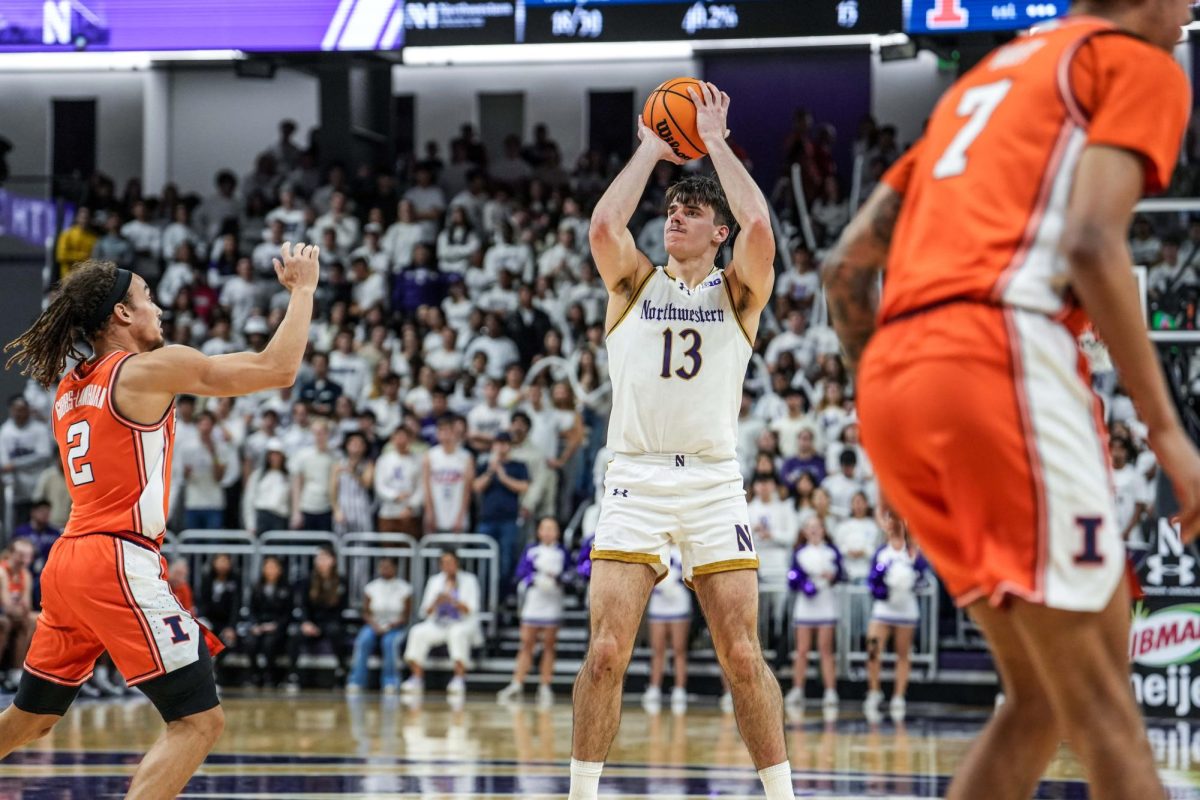English literature graduate student Rafael Reza, a member of the Fort McDowell Yavapai Nation, served wild rice soup and fry bread to attendees at the Mitchell Museum of the American Indian’s first Indigenous Peoples’ Day Powwow in partnership with Evanston Township High School on Monday. He came to the powwow to support his niece and nephew as they performed traditional dance.
“Events like these create the perfect circumstances to be around people that are very similar — people who have similar shared experiences, people who, even though we might not come from the same tribe or from the same area, we have a shared understanding of what it means to be Indigenous,” Reza said.
More than 100 community members participated in and watched traditional dances, dressed in powwow regalia and ate cultural foods to commemorate the day.
Kim Vigue, the museum’s executive director who is of Menominee and Oneida descent, said that she was impressed with the turnout at the powwow. The museum’s staff expected a large crowd, but the turnout among community members — both of native descent and not — “really exceeded our expectations,” she said. Evanston Mayor Daniel Biss was one of the many people in attendance.
Vigue said the goal of the powwow was to bring the community together to celebrate Native American history and culture. She said the museum wants to highlight the “living, breathing” culture of Native people.
“There’s a misconception that we face on a daily basis that Native people no longer exist. A powwow is a perfect place to show that we’re here and our culture is still intact and evolving,” Vigue said.
Vendors set up booths around ETHS’ Fieldhouse featuring Indigenous art, food and jewelry. Other cultural institutions and community partners set up information tables as well.
Other Indigenous community members sold traditional jewelry and regalia during the powwow. Anna Johnson, a member of the Citizen Potawatomi Nation, created and displayed ribbon skirts and shirts during the event and talked to community members who passed by.
Johnson said making regalia brings her closer to her culture and helps her learn more about Native American history. Engaging with traditional dress allows her to acknowledge the Indigenous residential school period when children were not allowed to wear traditional clothes while also having fun.
“We’re still here — it’s not just ancient history,” Johnson said. “We actively do powwows and ceremonies, and the food is just top tier.”
At the back of the fieldhouse, ETHS and the Mitchell Museum set up chairs around a makeshift dance floor. Madalene Big Bear emceed the song and dance performances, calling the powwow a “traveling Native American museum.”
Big Bear, a member of the Pokagon Band of the Potawatomi Nation, said she was impressed with the community turnout and hopes that the powwow turns into an annual tradition — although, she added that they will likely need a bigger venue in the future.
“We fight for our differences as Native American people. We fight for our right to be different,” Big Bear said. “We fight for the right to exist as different than Western civilized people. A lot of oppressed, underrepresented groups are fighting for equality, but that’s not even on our radar. We’re fighting to be different and stay different.”
Email: [email protected]
Related Stories:



















